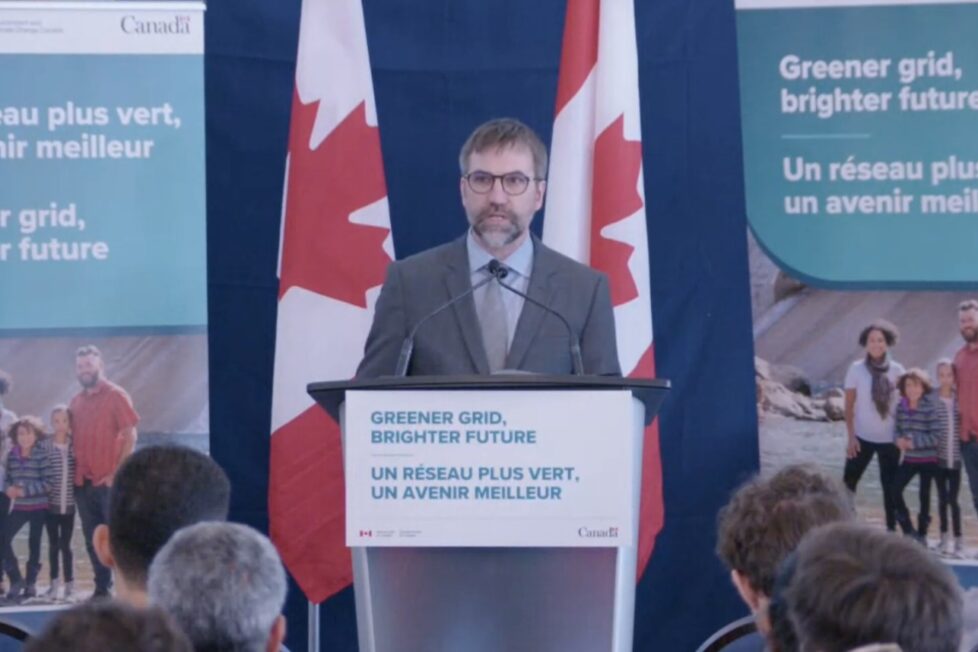Canada Releases Clean Electricity Regulations Targeting a Net Zero Grid by 2035

The Government of Canada on Thursday released its proposed Clean Electricity Regulations, aimed at advancing the decarbonization of the country’s electricity grid, and supporting its net zero emission climate goals.
The release of the new regulations follows Canada’s commitment, made by Prime Minister Justin Trudeau at the COP26 climate conference in 2021, to achieve a net zero electricity grid by 2035. Canada also joined a G7 commitment in May 2022 to reach “predominantly decarbonized” electricity sectors by 2035.
Canada also joined a commitment last year with the U.S. to release clean energy regulations in 2023. Earlier this year, the Biden administration released a set of proposals aimed at reducing U.S. power sector emissions, including putting in place CO2 emissions controls at fossil fuel-fired power plants starting in 2030.
Calling the release of the draft regulation “a giant step forward in the fight against climate change,” Minister of Environment and Climate Change Steven Guilbeault added that the decarbonization of Canada’s power grid will also create opportunities from the growing demand for electricity from clean technologies, and ultimately lower energy costs and support the move away from volatile oil and gas prices.
According to government estimates, the regulations will result in emissions reductions from the electricity generation sector of over 340 million tonnes by 2050.
Guilbeault said:
“A net-zero grid will serve as the basis for climate actions across the economy, like helping Canadians switch to electric transportation and heating, or the development of new and cleaner industries. The benefits, in terms of good jobs and clean air in our communities, are enormous.”
The regulations set stringent pollution standards for power generation, but does not prescribe specific energy technologies to be used. In a statement announcing the draft regulations, the government said that the “technology-neutral approach enables provincial, territorial, and municipal decision-makers to determine the most suitable path for transitioning to a clean grid in their circumstances.”
The rules also permit fossil fuel-based power generation to remain in place for several years beyond the implementation of the regulations in 2035 in some circumstances, with requirements for emissions to remain under 30 tonnes of CO2 per GWh, mandating the use of carbon capture technology in most cases. The regulations also include exemptions for remote communities not connected to larger grids, with limited ability to replace fossil-based generation.
EnvironmentalEnvironmental criteria consider how a company performs as a steward of nature. More groups welcomed the new proposed regulations, but criticized the government’s move to continue to allow fossil fuel-based power generation.
Stephen Thomas, Clean Energy Manager, David Suzuki Foundation, said that the regulations will move Canada “one step closer to achieving 100 per cent zero-emissions electricity by 2035,” but that the fossil fuel allowance “will need much improvement before the regulations are finalized.”
Thomas added:
“This is yet another policy where we are seeing the fossil fuel industry’s efforts to dilute climate action. These regulations as written will allow more fossil fuels to be built and continue to supply electricity on the grid. Loopholes and exemptions cannot be made for fossils fuels if we hope to achieve the 2035 target.”